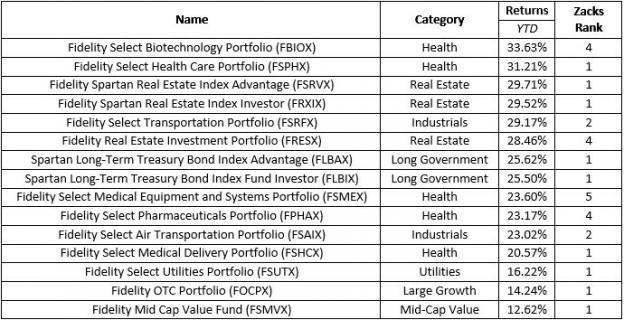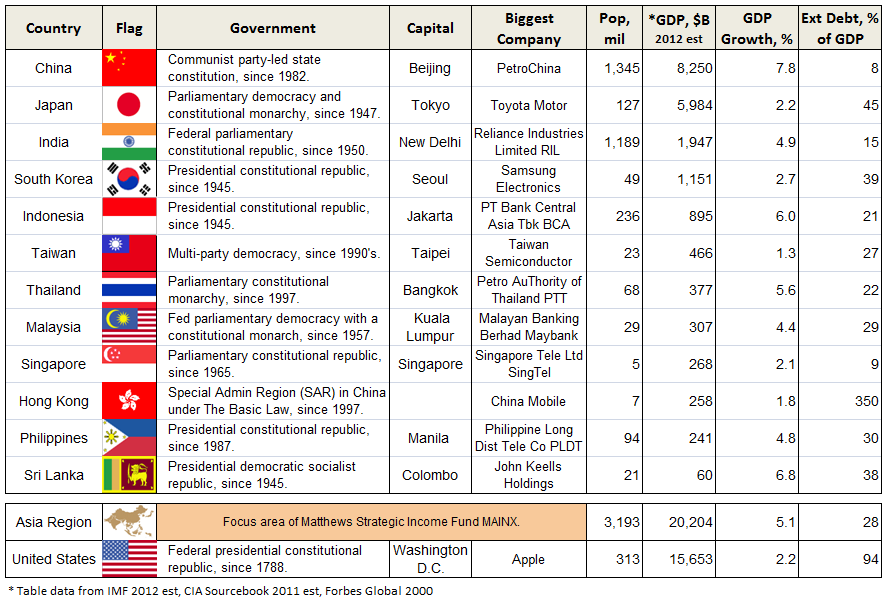Mutual fund types value vs blend vs growth Personal Finance & Money Stack Exchange
Post on: 17 Июль, 2015 No Comment

1 Answer 1
Value investing involves looking for companies that are cheap. Cheapness can be determined by looking at statistics like price to book value, price to earnings, EBIDTA vs. Net Income, book value and many other ratios or by using valuation models such as the dividend discount model of John Burr Williams (nowadays known as Net Present Value analysis or Discounted Cash Flow analysis). The goal of value investing is to try to establish an intrinsic value for a company and buy companies that are selling for a large discount to their intrinsic value.
The large is important. If you can find a company that you think is worth $50 per share but it’s selling for $25 per share, then it’s selling at a 50% discount, which is big. If a $50 company is selling for $48, then that’s still a discount, but not large enough. The idea is that valuation is rough so you want a large margin of safety so that even if you’re not spot on, you’re still guaranteed to make money.
Thus, value funds look for undervalued stocks and follow a buy and hold strategy.
Growth funds are essentially the opposite. Whereas value stocks are often out of favor and have low price to book values, growth stocks generally have high price to book and price to earnings ratios. The idea is that a growth company is growing very fast so you can justify paying a high multiple for it because it will grow a lot in the next few years and justify your investment.
Growth funds look for companies that are growing very fast and purchase those types of stocks. Growth companies are generally in favor with the market, while value companies are generally out of favor.
Blend involves a mixed strategy of some discounted value companies and some high-growth companies. These really aren’t very common considering the specialization of mutual funds.

There is much debate about which strategy is truly effective in the long run, and I won’t go into that here.
In terms of risk, growth funds tend to go up very fast but after they stabilize they tend to fall, and few managers can effectively pick the right growth stocks at the right time. Value funds tend to be not as volatile but they can have mediocre returns for a while (especially in bull markets) before having superior returns.
I would advise you to carefully study the purchasing history of managers of funds you’re looking at. Oftentimes, value funds end up being value-pretender funds because the managers have fairly high turnover, which is uncommon in value funds. For growth funds, you want to look for managers who select companies before they become super hot and everyone jumps on. Those managers are hard to find and nobody does it consistently, but it’s important to watch out for funds that simply buy what’s hot and call themselves growth funds.














